If you’re preparing for the SSC MTS exam, mastering Percentage-based questions is a must. SSC MTS Percentage Questions and Answers is a regular part of the Quantitative Aptitude section and often appears with simple yet tricky problems. Understanding concepts like percentage increase/decrease, profit-loss percentages, and exam score calculations can give you an edge in the exam. In this article, we’ve compiled a list of important SSC MTS percentage questions and answers that reflect the actual exam pattern. Practice these questions thoroughly to boost your speed and accuracy.
SSC MTS Percentage Questions and Answers
Q1. The price of an article is successively increased by 25%, 40%, and 45% respectively. What is the net percentage increase?
(a) 153.75%
(b) 110%
(c) 135.75%
(d) 75%
Q2. A number is increased by 50% and then again by 50%. By what percentage should the increased number be reduced so as to get back the original number?
(a) 40.66%
(b) 55.55%
(c) 50.2%
(d) 45.45%
Q3. By what per cent does the curved surface area of a cylinder decrease, if the radius is increased by 20% and the height is decreased by 30% ?
(a) 20%
(b) 16%
(c) 14%
(d) 23%
Q4. Keshav gets a 4% increase in his sale amount in the first year and a 20% increase in the second year, and with that his present sale is ₹1,56,000. What was his sale (in ₹) two years ago?
(a)1,25,000
(b) 1,30,000
(c) 1,05,000
(d) 1,50,000
Q5. If the radius of a sphere is increased by 20%, then the new volume will become of the original volume.
(a) 172.8%
(b) 20%
(c) 120%
(d) 72.8%
Q6. Salil’s salary was first reduced by 15% and subsequently raised by 10%. What percentage was his final salary lower compared to his initial salary?
(a) 10%
(b) 1.5%
(c) 6.5%
(d) 15%
Q7. The price (per litre) of petrol increases by 75%. By what percent should its consumption be reduced such that the expenditure on it increases by 47% only?
(a) 16%
(b) 77%
(c) 26%
(d) 84%
Q8. By 20% decrease in the price of rice, people can buy 10 kg more rice for ₹ 100 . What is the original price of 1 kg of rice?
(a) ₹ 2.50
(b) ₹ 5.00
(c) ₹ 4.50
(d) ₹ 1.50
Q9. A person saves 40% of his income. If his expenditure is ₹360, then his income (in ₹) is:
(a) 600
(b) 144
(c) 216
(d) 640
Q10. The monthly income of a person is Rs. 7,540. If their income is increased by 20%, then, what will be their new monthly income?
(a) Rs. 9,248
(b) Rs. 9,048
(c) Rs. 9,448
(d) Rs. 9,648
Q11. David’s salary was first decreased by 40% and subsequently increased by 50%. What percentage did he lose from his initial salary?
(a) 14%
(b) 10%
(c) 15%
(d) 12%
Q12. A man spends 75% of his monthly salary on house rent. If every month, he also spends ₹653 on conveyance and ₹6,229 on grocery and saves the remaining ₹446, his monthly salary is:
(a) ₹29,312
(b) ₹29,308
(c) ₹29,251
(d) ₹29,230
Q13. Gita’s income is Rs. 45,000. She saves 16% of her income. If her income increases by 12% and her expenditure increases by 20%, then her savings (in Rs.) will decrease by:
(a) 2,250
(b) 2,160
(c) 2,210
(d) 2,050
Q14. A man spends 12% of his monthly salary on house rent. If every month, he also spends ₹407 on conveyance and ₹8,657 on grocery and saves the remaining ₹924, his monthly salary is:
(a) ₹11,350
(b) ₹11,413
(c) ₹11,449
(d) ₹11,377
Q15. A person who spends 80% of his monthly income can save ₹6,738 per month. His monthly expenses (in ₹) are:
(a) 26,925
(b) 26,952
(c) 26,921
(d) 26,876
Q16. In an election between two candidates Raju and Sakshi, Raju got 55% of the total valid votes. If the total number of valid votes was 6000, the number of valid votes that Sakshi got was:
(a) 2700
(b) 3200
(c) 3000
(d) 2400
Q17. In an election between two candidates, Raju got 55% of the total valid votes. If the total number of valid votes was 6000, the number of valid votes that Sakshi, the other candidate, got was:
(a) 2700
(b) 3200
(c) 3000
(d) 2400
Q18. In an election between two candidates, Dipam got 7200 of the total valid votes. If the number of valid votes received by Rakesh is 25%, find the total number of valid votes polled.
(a) 12,500
(b) 28,800
(c) 9,600
(d) 18,600
Q19. In an election between two candidates, one candidate got 38% of the votes and yet lost by 7200 votes. If all the votes polled were valid, then the total number of votes cast in the election was:
(a) 13,800
(b) 13,000
(c) 16,200
(d) 30,000
Q20. In an election between A and B, every fifth vote polled was marked as invalid by the machine. In the remaining votes, A wins the election with a margin of 2500 votes or 10% of the total votes polled, over B. If 90% of the invalid votes had been in favour of B, then which of the following would have been the result of the election?
(a) A would have won by 3%
(b) A would have won by 8%
(c) B would have won by 8%
(d) B would have won by 3%
Q21. Kalpana and Sudha got 656 and 697 marks, respectively, in the same examination. If Kalpana scored 32% marks, then what is the percentage of marks scored by Sudha?
(a) 32%
(b) 35%
(c) 34%
(d) 37%
Q22. Y has to score 40% marks to pass in an exam. He gets 20 marks and fails by 40 marks. The maximum marks of the exam
(a) 250
(b) 100
(c) 150
(d) 200
Q23. Pass percentage of an examination is 35%. If a student who got 210 marks, failed by 14 marks, then what are the maximum marks of the examination?
(a) 660
(b) 600
(c) 640
(d) 620
Q24. Ravi and Rajesh wrote an entrance examination to join the M.Tech. programme. Ravi obtained 8 marks more than Rajesh and his marks were 52% of the sum of their marks. What are marks obtained by Ravi and Rajesh respectively?
(a) 90, 98
(b) 108, 100
(c) 104, 96
(d) 100, 92
Q25. The population of a town increases by 8% annually. If the present population is 45,000, what will be its population after 2 years?
(a) 52,488
(b) 52,200
(c) 52,316
(d) 52,532
Q26. What will be the difference in population 3 years ago and 2 years ago of a town whose current population of 2,50,000 is increasing at a rate of 25% every year?
(a) 31,450
(b) 31,250
(c) 32,350
(d) 32,000
Q27. A city has a population of 10,000 people and population grows at a rate of 10% per annum. What will be the population in 3 years?
(a) 13,310
(b) 13,000
(c) 1,331
(d) 3,310
Q28. The population of a district is 360000, out of which 225000 are males. 35% of the population is literate. If 17% males are literate, then what percentage of females are literate?
(a) 68%
(b) 67%
(c) 63%
(d) 65%
Q29. The population of a town is 15000. If the population increases by 15% in the first year,by 25% in the second year and due to pollution it decreases by 6% in the third year,what will be its population after 3 years?(Round off number in answer)
(a) 20269
(b) 25269
(c) 28269
(d) 15269
Q30. The present population of a town is 98000. It increases every year at the rate of 40 percent. What was the population of the town 2 years ago?
(a) 55000
(b) 45000
(c) 60000
(d) 50000
Q31. X’s income is 44% more than that of Y. What percent is Y’s income less than X’s?
(a) 32.5%
(b) 33%
(c) 30.5%
(d) 20.4%
Q32. A number when increased by 50%, gives 3120. The number is:
(a) 1040
(b) 6240
(c) 2080
(d) 4160
Q33. Ramu works in shop for Rs. 125 per hour. If his pay is increased to Rs. 145 per hour, find his percentage increase in pay.
(a) 12%
(b) 14%
(c) 16%
(d) 18%
Q34. The cost of a washing machine is 40% less than the cost of a TV. If the cost of the washing machine increases by 64% and that of the TV decreases by 20%, then what is the change in the total cost of 5 washing machines and 7 TVs?
(a) Increase by 13%
(b) Decrease by 4%
(c) Increase by 5.2%
(d) Decrease by 5%
Q35. A man spends 74% of his monthly salary on house rent. If every month, he also spends ₹385 on conveyance and ₹2,725 on grocery and saves the remaining ₹621, his monthly salary is:
(a) ₹14,287
(b) ₹14,350
(c) ₹14,389
(d) ₹14,373
Q36. When a number is first increased by 18% and then decreased by 18%, the change in the number is ____________.
(a) 3.24 % decrease
(b) 0%
(c) 3.24% increase
(d) 32.4% increase
Q37. Neeraj bought a tractor in 2019 for ₹4,50,000. If the value of the tractor depreciates by 20% each year, then find its worth in the year 2022.
(a) ₹2,24,866
(b) ₹2,30,400
(c) ₹2,54,268
(d) ₹2,45,782
Q38. In an election, three candidates contested. The first candidate got 30% votes and the second got 34% votes. If the total number of votes polled was 17,000, find the number of votes got by the 3rd candidate.
(a) 6420
(b) 6310
(c) 6620
(d) 6120
Q39. The price (per litre) of petrol increases by 50%. By what percent should its consumption be reduced such that the expenditure on it increases by 23% only?
(a) 18%
(b) 81%
(c) 21%
(d) 82%
Q40. A number is first increased by 12%, and the increased number is decreased by 8%. Findthe net increase or decrease percentage.
(a) 2.08% increase
(b) 2.08% decrease
(c) 3.04% increase
(d) 3.04% decrease

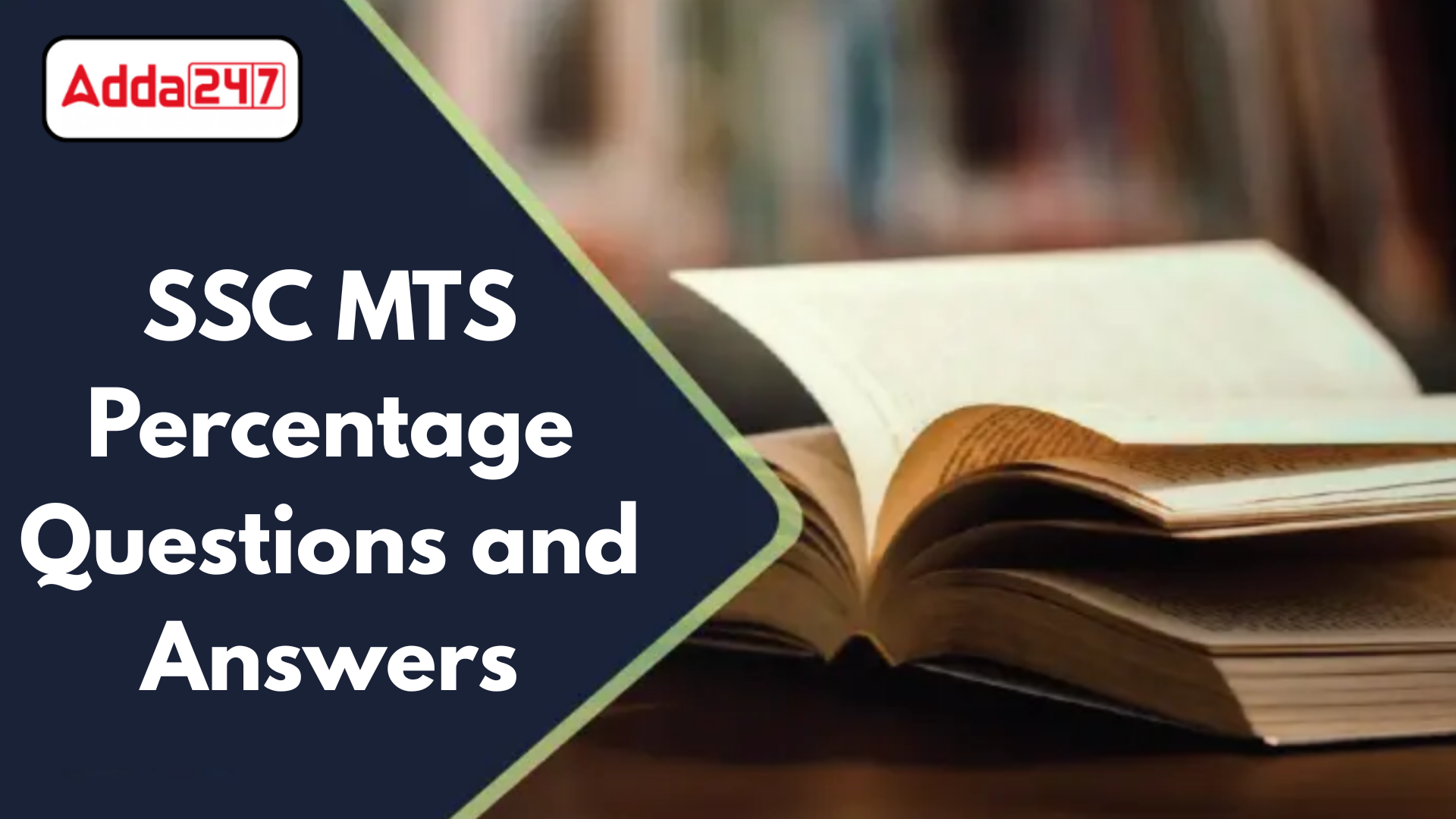


![Delhi Police Driver Answer Key 2025 [Official] Out, Last Date to Raise Objection](https://www.adda247.com/jobs/wp-content/uploads/sites/22/2025/12/31182449/Delhi-Police-Driver-Answer-Key-2025-Out-300x169.jpg) Delhi Police Driver Answer Key 2025 [Off...
Delhi Police Driver Answer Key 2025 [Off...
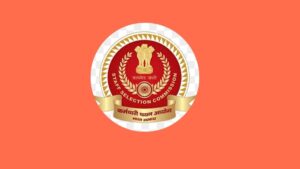 SSC JHT Score Card 2025 Out, Direct Link...
SSC JHT Score Card 2025 Out, Direct Link...
 Delhi Police Exam Cancelled on 18th Dece...
Delhi Police Exam Cancelled on 18th Dece...

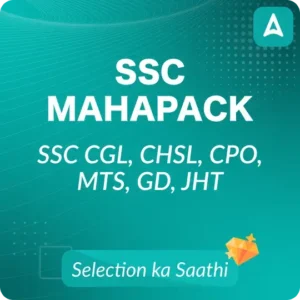
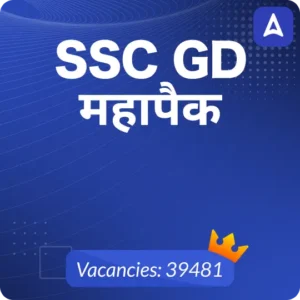
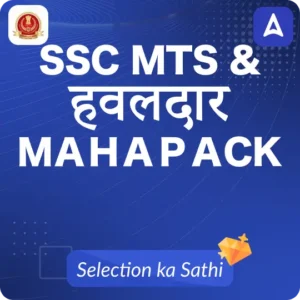

 Adda247 Job portal has complete information about all Sarkari Jobs and Naukri Alerts, its latest recruitment notifications, from all state and national level jobs and their updates.
Adda247 Job portal has complete information about all Sarkari Jobs and Naukri Alerts, its latest recruitment notifications, from all state and national level jobs and their updates.



